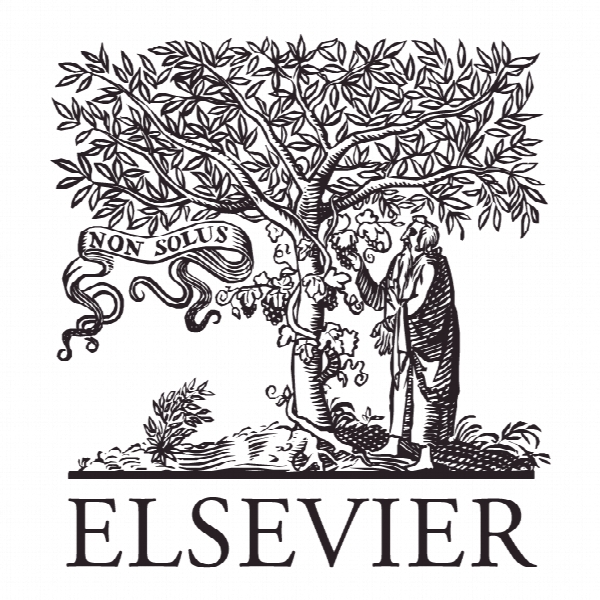تحول عمومی در فناوری های پیشرفته مواد: به سوی یکپارچه سازی سیستم های چندموادی از طریق تحقیق و توسعه و نوآوری سفارشی A generic transformation of advanced materials technologies: Towards more integrated multi-materials systems via customized R&D and Innovation
- نوع فایل : کتاب
- زبان : انگلیسی
- ناشر : Elsevier
- چاپ و سال / کشور: 2017
توضیحات
رشته های مرتبط مدیریت
مجله مدیریت مالی چند ملیتی – Journal of Multinational Financial Management
دانشگاه گروه مهندسی مکانیک، دانشکده مهندسی، دوگوش، ترکیه
نشریه نشریه الزویر
مجله مدیریت مالی چند ملیتی – Journal of Multinational Financial Management
دانشگاه گروه مهندسی مکانیک، دانشکده مهندسی، دوگوش، ترکیه
نشریه نشریه الزویر
Description
1. Introduction Starting with the last quarter of the 19th century until recent modern times, rapidly accelerating technological transformations and developments result in better and superior materials, called “Advanced Materials” and cause improvements in almost every fields of technology. In this regard, “Advanced Materials” has become one of the important generic technological fields (Kaounides, 1991). Sometimes called as “high performance materials”, it is claimed that this group of materials is the “future of every modern society” since they are the basis of all key technologies (Dosch & Van de Voorde, 2001). A general description of advanced materials, in its traditional context can be outlined as follows (Baykara, 1998; Kuban et al., 1996): “Materials that are entered the world market in the second half of the 20th Century with considerable scale in the form of ‘Advanced Ceramics, Polymers, Metals and Composites’ with high purity, high technical performance and high information content with increasing integral function and variety and high added-values”. Based on this definition, the classification of advanced materials can be as follows (Fig. 1): 1. Advanced metallic materials 2. Advanced ceramics 3. Advanced polymers 4. Composites: polymer based composites; metal matrix composites; ceramic matrix composites. In this regard, materials technologies are also considered to be one of the major pillars and backbones of modern society with other fields of energy, biotechnology and information & communication technologies. Due to such characteristics and strong impacts to other technological fields, advanced materials are considered to be one of the generic technologies as well. In its classical scheme represented within the corners of a triangle (metals, ceramics and polymers) and composites along the side lines and at the centre, advanced materials and its multi-technological & multi-sectoral characteristics have unique norms and characteristics such as (Lastres, 1994): • Research and development (R&D) intensive; • Generic structure; • Multi-disciplinary and multi-technological; • High potential of cumulative effects; • High cost and high risk investment requirement; • Accelerating market potential; • Comparatively long term for development projects; • Very intense international competition. Starting with the 21st century, a new era for advanced materials has emerged and greatly influenced by the market dynamics and intense competition from new entries (e.g. China and other new competitor countries). Important characteristics of new advanced materials are particularly focused on their technical functions and multi-faceted characteristics such as physical, mechanical, electrical, optical, chemical and other variety of properties. For many high performance applications, such unique properties along with others (smartness, eco-friendliness, light weight, high strength and durability etc.), advanced materials lead to very high added value products essential for long term profitability and market superiority for firms operating in various sectors such as machinery, manufacturing, microelectronics, transport, automotive, chemical, energy, aeronautical and other industries (UK Technology Strategy Board, 2008–2011). Rapid advancement of technologies with new scientific results and findings has started to shift advanced materials technologies from its classical scheme towards more integrated multi-materials systems via multi-functional and multi variant characteristics such as physical, mechanical, chemical, electrical, optical and others (Deloitte Global Manufacturing Group, 2012; Yang & Tarascon, 2012). As the traditional disciplinary classification and descriptions fade away, recent advances indicate more integrated multi-materials systems which are now far more effective (Yang & Tarascon, 2012). The traditional classification of materials as represented within the corner of a triangle, metals, ceramics, polymers and composites is loosing its meaning as the evolving and competitive market structures require combined and enhanced properties of variety of materials functioning within a system’s integral structure (Maine & Garnsey, 2006).


